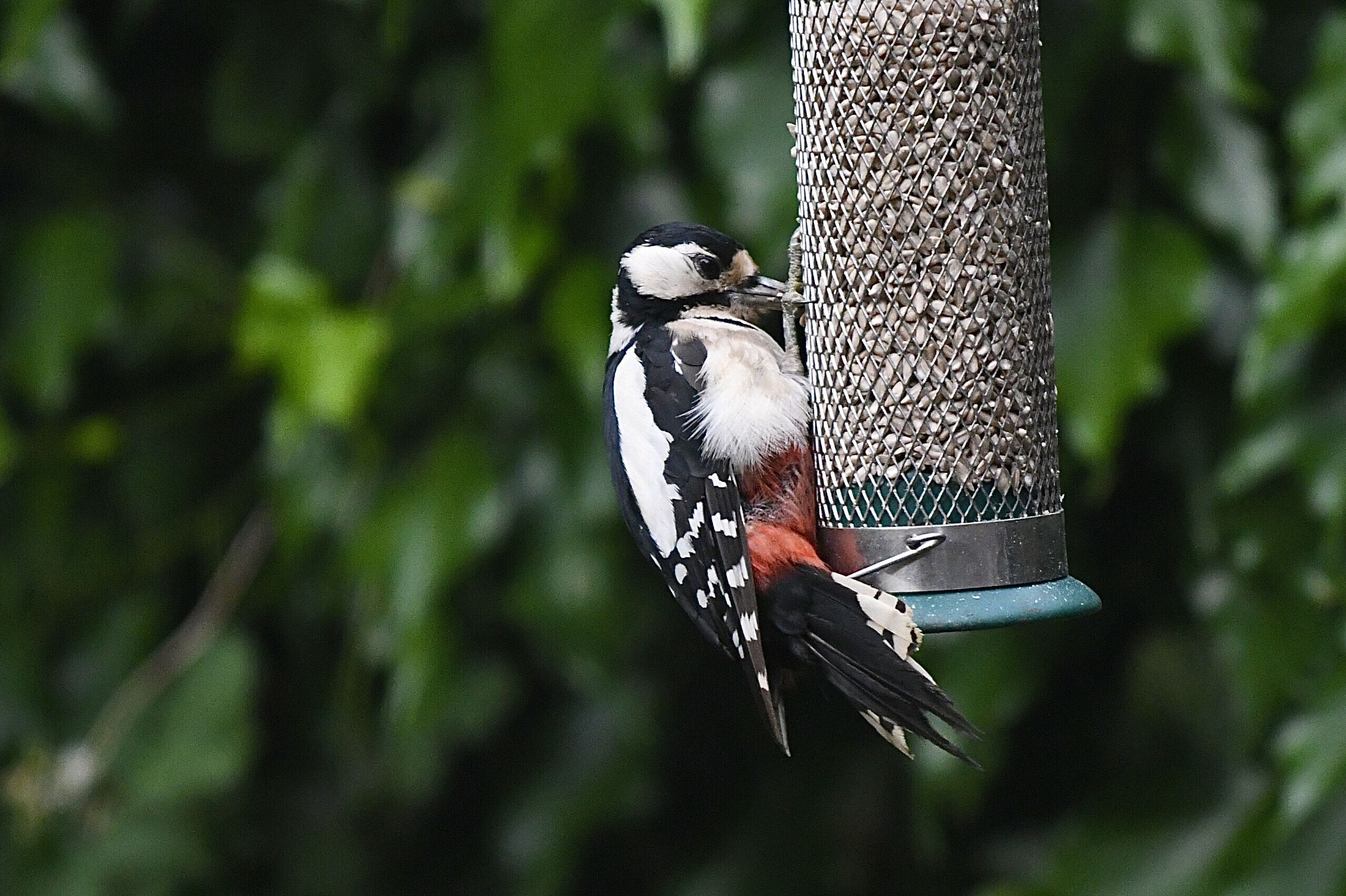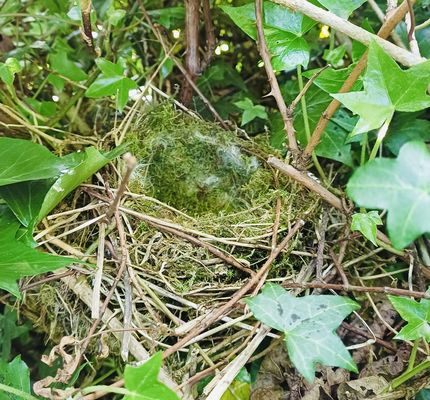SCOTLAND is showing Ireland the way when it comes to nature.
First of all it has a right to roam, which is a boon to anyone who loves the countryside. It means that walkers can safely access all land, except private gardens, almost anywhere in the country.
In Ireland, the landowner is super-powerful, and you access land at your own risk. There are old raths on the outskirts from Belfast that Dúlra would love to visit, but he's afraid to because he knows he’ll be greeted by an angry farmer.
But where Scotland is really making giant strides is in rewilding. And recently it was announced that the whole country could become the world’s first ‘rewilding nation’.
Rewilding is about creating an ecosystem that helps all wildlife, rather than picking a particular species. Across Europe in the past decade, vast tracts of land have been given back to nature. The lead organisation – Rewilding Europe – operates in nine landscapes, the latest being the Scottish Affric Highlands. Although scattered rewilding projects have taken place in Ireland, none of those major ones are here, even though not long ago we were probably the wildest place in Europe, with the Ulster forests being particularly famous.
In these nine rewilding areas, nature is capable of taking care of itself – which is a main principle of many natural habitats. Humans create it, then step back. Ecosystems are formed which enhance biodiversity and mitigate climate change.
But not only that – they become tourist attractions – and already the Scottish breeding ospreys are a major attraction. This bird – coirneach in Irish – once bred on our biggest lough, Lough Neagh, yet there seems to be no effort made to bring it back.
The Affric Highlands stretch 200,000 hectares from Lough Ness and they aim to create a wild refuge by returning bare hillsides into forests once again, after centuries of felling and overgrazing. And of course all the trees will be native. Drained peatlands are being rewetted and access for people is being created along ‘coexistence corridors’ for wildlife and visitors. It’s envisioned that it will be an area where wildlife and people living there both prosper.
Rewilding hearts and minds is just as big a challenge as rewilding the landscape itself.
It doesn’t take centuries – this project has a 30-year span. People who have rewilding on a smaller scale, like Eoghan Daltún in Cork, say the positive effects can be seen almost immediately. In Scotland, the return of the rare wildcat is a key aim – as in the other eight European rewilding projects, they want the bigger beasts back as well as the smaller.
We lack the courage of our Scottish and European cousins. Dúlra knows that some day, a similar vision will be revealed for our own Belfast hills, which were once dense native forests but became windswept hillsides because of felling and farming. We need the courage to do what is right.
And some day, Lough Neagh can once again become the home of the incredible fish-hunting raptor.
Meanwhile, the march of the great spotted woodpecker continues – last week it appeared in a reader’s garden in Poleglass for the first time. This week the species has made its way to Glencolin off the Glen Road. Reader Alan said it was feeding on sunflower hearts – the same food it was devouring in Poleglass.
The Poleglass reader took this crystal clear photo of a female bird – she has no red spot on her head – but the male and a youngster have visited as well – so it’s clear they bred in nearby Colin Glen.
Since those reports, Dúlra has ensured his feeders have been replenished with fresh sunflowers – and now he can only wait and hope a bird that became extinct from Ireland hundreds of years ago when we lost all our trees continues its recolonisation. Sure it's another argument for rewilding!
* If you’ve seen or photographed anything interesting, or have any nature questions, you can text Dúlra on 07801 414804.









